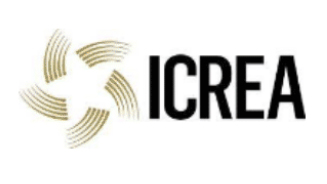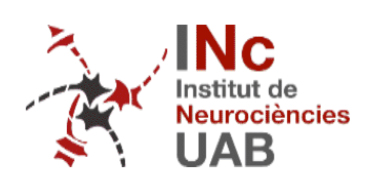Carbon, 2021, 176, 458-469
Shedding plasma membrane vesicles induced by graphene oxide nanoflakes in brain cultured astrocytes
Microvesicles (MVs) generated and released by astrocytes, the brain prevalent cells, crucially contribute to intercellular communication, representing key vectorized systems able to spread and actively transfer signaling molecules from astrocytes to neurons, ultimately modulating target cell functions. The increasing clinical relevance of these signaling systems requires a deeper understanding of MV features, currently limited by both their nanoscale dimensions and the low rate of their constituent release. Hence, to investigate the features of such glial signals, nanotechnology-based approaches and the applications of unconventional, cost-effective tools in generating MVs are needed. Here, small graphene oxide (s-GO) nanoflakes are used to boost MVs shedding from astrocytes in cultures and s-GO generated MVs are compared with those generated by a natural stimulant, namely ATP, by atomic force microscopy, light scattering, attenuated total reflection–fourier transform infra-red and ultraviolet resonance Raman spectroscopy. We also report the ability of both types of MVs, upon acute and transient exposure of patch clamped cultured neurons, to modulate basal synaptic transmission, inducing a stable increase in synaptic activity accompanied by changes in neuronal plasma membrane elastic features.








